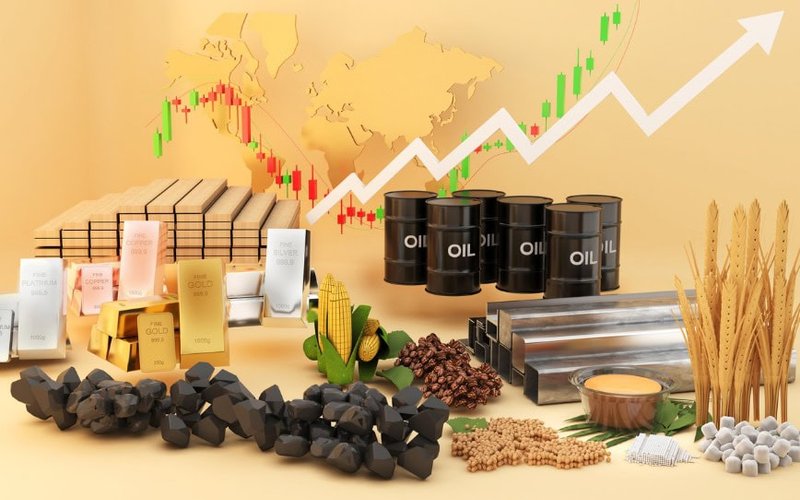Geopolitical tensions and downward pressure on commodity prices are expected to lead to Australian resource and energy commodity exports falling by 6% to $387 billion in 2024–25, down from $415b in 2023–24.
The latest Resources and Energy Quarterly (REQ) report released in March by the Department of Industry, Science and Resources expects geopolitical tensions to remain elevated over the outlook period, worsened by rising trade barriers.
While sustaining safe-haven demand for gold, the report has forecast the rising tensions would also cause a requisite increase in price volatility, especially among energy commodities.
Price weakness impact
The report suggested that, in volume terms, most of Australia’s resource exports would likely show a modest pick-up through the outlook period, but that decreasing prices would impact export values.
Following two decades of rapid growth, the country’s iron ore output is expected to peak within three years as new production is developed to sustain output.
Australian iron ore export volumes increased by 1.2% year-on-year to 902 million tonnes in 2024.
Critical mineral inputs
The March REQ suggests that digital technologies’ need for critical mineral inputs is contributing to the increasing focus on Australia’s critical mineral export potential.
Increasing energy demand from artificial intelligence and data centres is influencing energy commodity and base metal markets—especially for uranium, copper and its substitute, aluminium.
The report predicted that fossil fuel demand would persist, with Asia remaining the core growth market for LNG and seaborne coal.
Modest global growth
Modest global economic growth is expected over the outlook period, as lower inflation allows some central banks to make further small cuts in official interest rates.
Prices are expected to weaken further.
While a mild pick-up in the world economy would improve commodity demand, rising global supply is anticipated to more than offset the impact on prices for most commodities.
